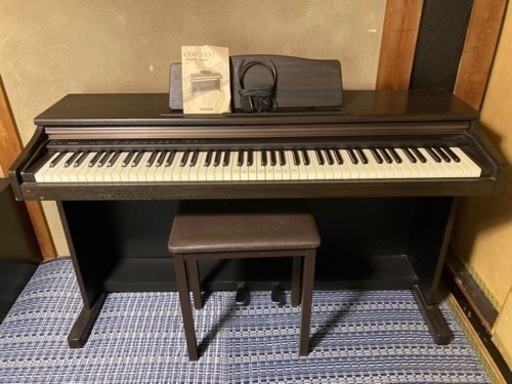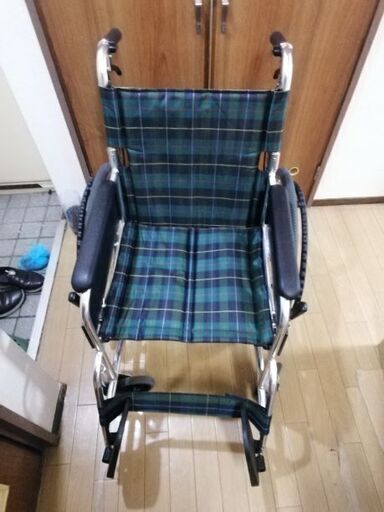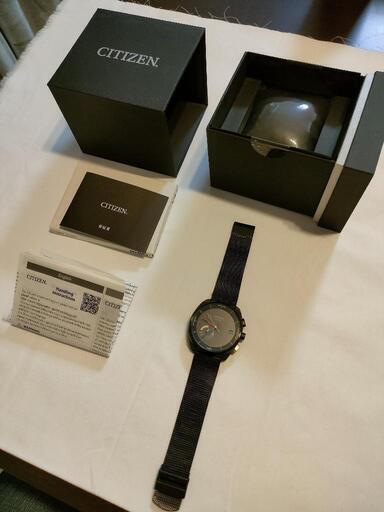商品の詳細
商品の説明
![Dulcamara | ドゥルカマラ [ よそいきトートBAG-P #BLACK [D219-B100-P] ] – 着楽(チャクラ/ciacura)](https://ciacura.jp/wp/wp-content/uploads/2019/10/145986050.jpg)
Dulcamara | ドゥルカマラ [ よそいきトートBAG-P #BLACK [D219-B100-P] ] – 着楽(チャクラ/ciacura)
Dulcamara ドゥルカマラ ウールよそいきトートバッグ d220-b100 : d220-b100 : aranciato ヤフー店 - 通販 - Yahoo!ショッピング

Dulcamara ドゥルカマラ よそいきトートバッグ ブラックトートバッグ - トートバッグ

Dulcamara/ドゥルカマラ | よそいきトートBAG-P Color:ブラック D120-B100-P 通販サイト BUGGY BUG'S SHOP 商品詳細|ブランド服をセレクト|BUGGY BUG'S SHOP

よそいきトートDulcamara デュルカマラ よそいきトート - トートバッグ

Dulcamara(ドゥルカマラ) / よそいきトートバッグ/ウール/BLK/無地 | 中古品の販売・通販ならセカンドストリート

バッグ【黒】【新品未試着】【送料込】よそいき バッグ ドゥルカマラ タグ付 20AW - トートバッグ

Dulcamara (ドゥルカマラ) よそいきトートBag

Dulcamara(ドゥルカマラ)の「2021秋冬 よそいきトートBAG -YOSOIKI-(トートバッグ)」 - WEAR

Dulcamara / よそいきトートバッグ | hmgrocerant.com

Dulcamara(ドゥルカマラ)の「2020春夏 よそいきトートBAG-P -YOSOIKI-(ショルダーバッグ)」 - WEAR

Dulcamara 2020ss 新作よそいきトートバッグ"RED BROWN" | 890 | mark

Dulcamara(ドゥルカマラ)の「よそいきトートBag(トートバッグ)」 - WEAR
最新のクチコミ
入学卒業どちらにも使えるものを探していました!
ネイビーのワイドタイプにしました。
コサージュ付きでこのお値段なら満足!
- GJG*****さん
- 60歳
- アトピー
- クチコミ投稿 2件
購入品
165cm 58kg 下半身が少し太り気味な体型です。
Lサイズを購入しましたが楽にはくことが出来ました。
ただ、太ももまわりは多少きつめ。 ぴっちりという程ではなく
太もも周りに指が数本入る程度のゆとりはありますが
太もも自体のラインは出ます。ダイエットを頑張ってもう少しダボっと
はけるようになりたいですね。
- FOW*****さん
- 58歳
- アトピー
- クチコミ投稿 1件
購入品
写真どおりの雰囲気の帽子でよかったです。一番小さいサイズでもブカブカなのですが、中にの紐を絞って調整できました。こういう細かい工夫は嬉しいです。また写真どおりつばが大きいので、紫外線対策にばっちりだと思います。来たときにはくしゃくしゃになっているのですが、他の方のレビューを見て一生懸命形を整えたところ、なんとなく皺が消えつつあります。
- YKK*****さん
- 55歳
- アトピー
- クチコミ投稿 1件
購入品
間違えて厚手の流せないタイプを購入してしまったので、トイレに置くために早速流せるタイプを追加で注文してみました。すぐ破れるのではないかと心配でしたが、袋から出すときにコツを掴めば問題なかったです。
厚さは数枚重ねて使用すれば問題ないです。
拭き心地も悪くないし、コスパも良いので無くなる頃にまたリピートします。
- WGQ*****さん
- 23歳
- アトピー
- クチコミ投稿 3件
購入品
ネット通販の服は不安が大きく購入をためらっていましたが、買って正解でした!レビューがとても参考になりました。ありがとうございました!
- VXN*****さん
- 53歳
- アトピー
- クチコミ投稿 1件
購入品
臭すぎて気持ち悪くなるので着てすぐぬぎました。時間とともにうすれてくれるといいな。
☆1つから変更です。
洗濯して柔軟剤もいれて洗ったところかなり臭い軽減しました。触り心地、着心地はよいのでまた色違い検討します。
日光にあたっている色も見本のとあまり変わらないと思います。
- ZLN*****さん
- 48歳
- アトピー
- クチコミ投稿 1件
購入品
リピです。この秋冬は活躍しました。買った直後に2000円引クーポンが‥もう一枚買えたのに。
- PHF*****さん
- 26歳
- アトピー
- クチコミ投稿 3件
購入品
メンズ・バッグ・メンズ・バッグ
-
-
2

ドラえもん 試写会 福岡
ドラえもん 試写会 福岡
¥2,000
この商品を見ている人におすすめ
-
-

CASIO電子ピアノCDP-7000
¥8,000
-

aya様へ。新品!ユニバーサルオーバーオール
¥17,500
-

フェルナンデス MG-80X
¥45,000
-

管理機/耕運機 共立 ミニカルチ KR66V GB180
¥63,000
-

もこちゃん写真集
¥18,800











